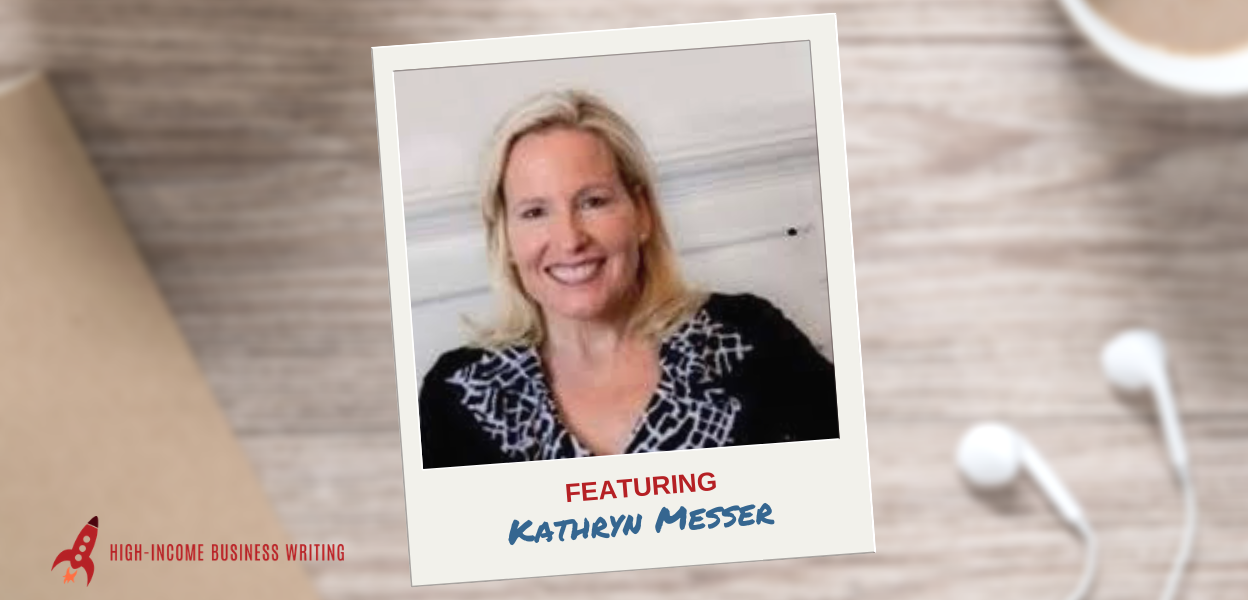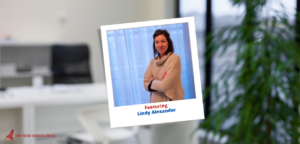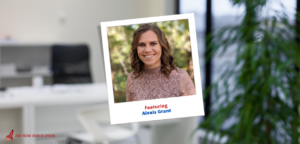You have a full-time day job. >:(
It’s not something you love, but it pays the bills.
Unfortunately, it also leaves very little time for launching and growing a freelance side business.
So, how are you supposed to make the transition from cubicle hell to full-time freelance writing?
That’s the dilemma Kathryn Messer faced a few years ago. As a well-paid executive, she couldn’t afford to simply walk away from her day job to pursue her dream of full-time freelance writing.
Yet she knew there HAD to be a way. Using Ed’s customizable transition action plan as her guide (detailed in Stop Wishing and Start Earning), along with a heavy dose of hard work and persistence, Kathryn finally made the leap.
Not only that but by the time she made the transition, she was already earning more as a freelancer than she was in her executive position!
In today’s interview, Kathryn details her journey during this transition. And she provides solid advice for those who are trying to make the leap to part-time or full-time freelance writing.
The notes that follow are a very basic, unedited summary of the show. There’s a lot more detail in the audio version. You can listen to the show using the audio player below. Or you can subscribe in iTunes or on Stitcher to get this show delivered straight to the Podcasts app on your smart phone, tablet or iPod.


High-Income Business Writing with Ed Gandia
#010: How a Well-Paid Executive Transitioned Successfully to Full-Time Freelance Copywriting
About This Show
The High-Income Business Writing podcast is a production of B2B Biz Launcher. It’s designed for business writers and copywriters who want to propel their writing business to the six-figure level — or the part-time equivalent.
In this week’s episode, I interview Kathryn Messer, a B2B copywriter who specializes in the insurance and financial industries.
Kathryn’s story is an interesting one. In her corporate job, she wrote editorials, articles, white papers. Like most writers, she hoped to eventually transition into a full-time writing career.
Several years ago she decided to find out how to make the transition from copywriting part-time to writing full-time and making a living as a freelancer. She bought the copywriting books and courses. However, there was a key element missing in most of the material she found: how to make the leap!
In other words, how to transition from a full-time day job to a full-time freelancer. And how to do it safely.
The First Step: Writing an ACTION PLAN
To move the dream to reality, Kathryn started writing out an action plan that included a launch date and key milestones that would be essential to making this happen.
As she took action and crossed off milestones from her list, she felt a sense of accomplishment. Most importantly, it showed she could get things taken care of and under control and make her dream happen.
The last thing she wanted to do was to leave her lucrative corporate job and not be able to support her family. Salary, bonuses and benefits are really difficult to leave behind. That is why the business plan is so important, because progress is the best encouragement. It provides reinforcement that the leap is possible.
Part of the plan included goals that had to be reached before the final leap could take place. This could be anything important to you that will help you feel secure enough to be able to make the leap. For Kathryn, that meant completing these milestones:
- At least four regular, steady paying clients
- Financial plan – paying off debt
- Purchase/upgrade necessary equipment
Establish Your Support System
A support system, whether it is family and/or friends, is crucial, because a transition into full-time self-employment doesn’t happen overnight. (In fact, Kathryn’s was a three-year plan.)
It takes a lot of planning and knowing how to run a business. Initially, while working a job, it can mean working a lot of extra hours to get things going. Family members need to pitch in or at least understand that you can’t do everything by yourself anymore.
If she wasn’t working at her job, she was writing; waking up early and writing, writing at lunch and then writing for a few hours before bedtime.
Over the years, Kathryn has talked to a lot of writers and most have the same questions about being a freelancer:
- How to get going
- How to be successful
- How long it will take to see money coming i
These are questions that can only be answered on an individual basis as you start moving forward with your plan. If you really want to be a freelancer, start by writing your plan; set goals and milestones and analyze your financials to understand where you need to be before making the leap. Talk to other freelancers. The information they can provide can be invaluable.
Landing the First Client
Referrals helped Kathryn get started early on. By providing excellent work, being someone people like to work with and making herself available, Kathryn got referrals from her existing clients.
Word of mouth, referrals, doing more work for existing clients and going deeper in existing accounts are all ways to get moving towards your first freelance job.
- Ask for recommendations to put on LinkedIn
- Reach out to current/past people that you know and let the know that you are available as a freelance writer
- Join a network on LinkedIn to gain access to people you know
- Follow up with a personal note after completing a job and include your business card
- ASK for referrals!
Be a resource for potential clients. Most people are really busy, so don’t just explain your services. Rather, offer your help in some way. Bring value to the table by finding out how your potential client works and what they may need.
- Help them make a connection with someone you know and they may need
- Send them a newsworthy article or send a link to an interesting and relevant article
Don’t think you’re being a pest. View this as making yourself into a valuable resource who is providing information and offering a service that will help make their job easier. Be creative in what you have to offer.
It is important to bring a purposeful energy when reaching out. Kathryn’s low-key, hands-on, high-touch, matter-of-fact approach opened doors and built relationships with people she already knew on a different level. It also helped expand her reach for future referrals.
Knowing When You’re Ready to Jump
Revisit your business plan. Have you reached the majority of milestones? Know that it’s NOT critical to hit all milestones; look at them individually. Kathryn had reached three out of her four milestones when she finally quit her day job
A lot of clients and referrals were coming in, so time became the determining factor for Kathryn. Writing at work and writing for clients left little time for anything else.
It was increasingly difficult to do both her client writing and her marketing, PLUS spend time with family and be a good employee.
Although, everything was in place and the time was right, Kathryn was apprehensive for a while to quit her day job even when her husband encouraged her to do it.
Then she realized that she was making a good amount of money freelancing part-time. If she only had more time to work her business, she recognized that she would be earning at least as much as a freelancer as she was earning as an employee. That realization was the final impetus she needed to make the leap!
How Does It Feel to Quit Your Day Job?
A sense of freedom. It was a long, arduous process and it involved hours of sacrifice to get there. After all the hours and sacrifice to build her business, Kathryn felt a great sense of freedom when she was able to give her two weeks’ notice at work.
With clients she loves and helps with their business and marketing, she wakes up every morning excited about work. It’s a great feeling.
By the time she left her job, Kathryn was secure in the knowledge that she and her family would be okay. By having all her ducks in a row before making the leap, she eliminated a lot of the unknown. Her family wouldn’t go hungry, they wouldn’t lose their house, and the worse that could happen is she would have to find a job.
Making the transition from an employee to full-time freelance writer is never easy. And it’s NOT going to happen overnight. But by having a plan and methodically and carefully building up to a certain level, it can be done.
Kathryn’s advice: Include a target launch date and cross off milestones as you accomplish them. Doing this makes the dream real and helps to eliminate a lot of the start-up mistakes many people face along the way.
And don’t forget to seek help. Networking can provide support when you don’t have the answer. Other freelance writers can be a great resource for different steps of the start-up process as well as how to price jobs and possibly where to find them.
Mentioned in This Podcast
- Stop Wishing and Start Earning: The resource Kathryn used as her guide for making the leap from employee to full-time freelancer.
Enjoyed This Interview? Want More?
Want to get more tips and strategies for boosting your writing income? There are a couple of ways you can get receive this information automatically. And a couple of ways you can share it with colleagues who could benefit from these ideas:
- Sign up for this podcast on iTunes. Click here to subscribe to the podcast on iTunes.
- Subscribe to this podcast through the Podcast app on your iPhone or Android phone (free from the app store).
- Leave a review — Share an honest sentence or two about the show on the iTunes page and give it a star rating (this makes a HUGE difference in helping others find the show).
- Share the love — Share this episode with friends and colleagues. An easy way to do that is by using the social media buttons down below.
Finally, if you have a question you’d potentially like answered on a future show — or if you have any feedback in general — please let me know: ed at b2blauncher dot com.
Thanks again for your support!
Till next time,
-Ed






